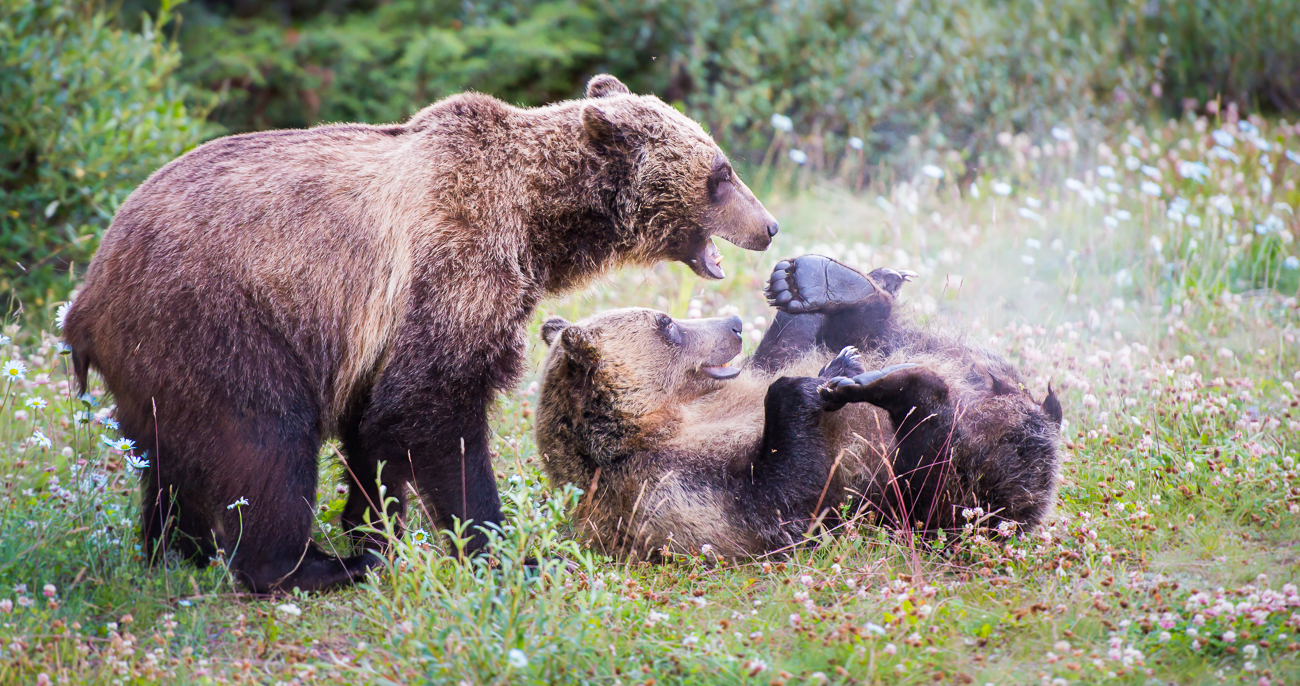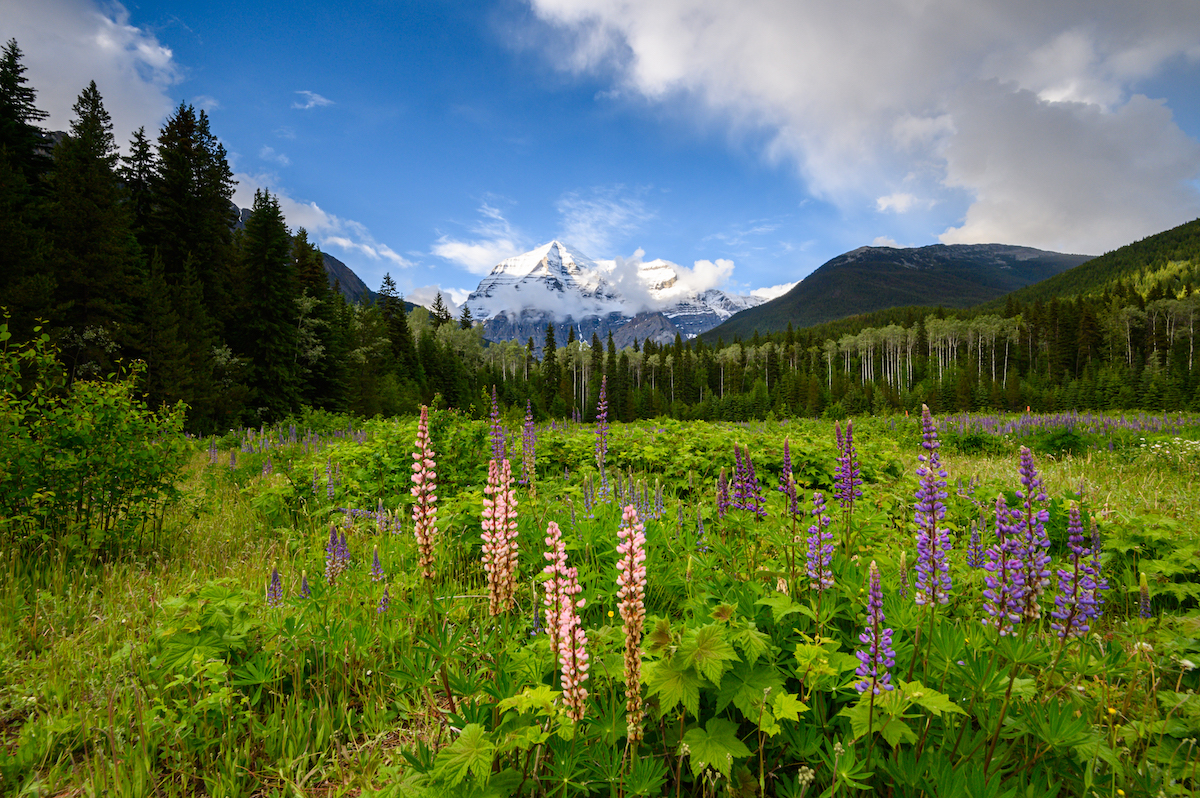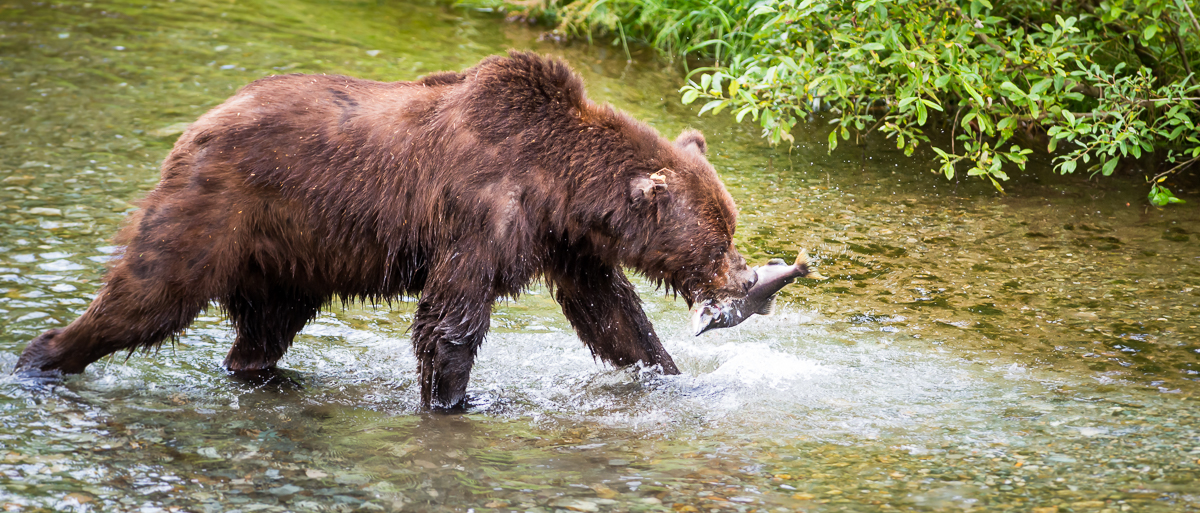The Context of it All
Chapter Two
Look, these bears are neat. They’re different from how we think a bear should act.
But at the end the day, they’re still grizzlies, right? Still at the top of the food chain? They’re lives aren’t that hard, right?
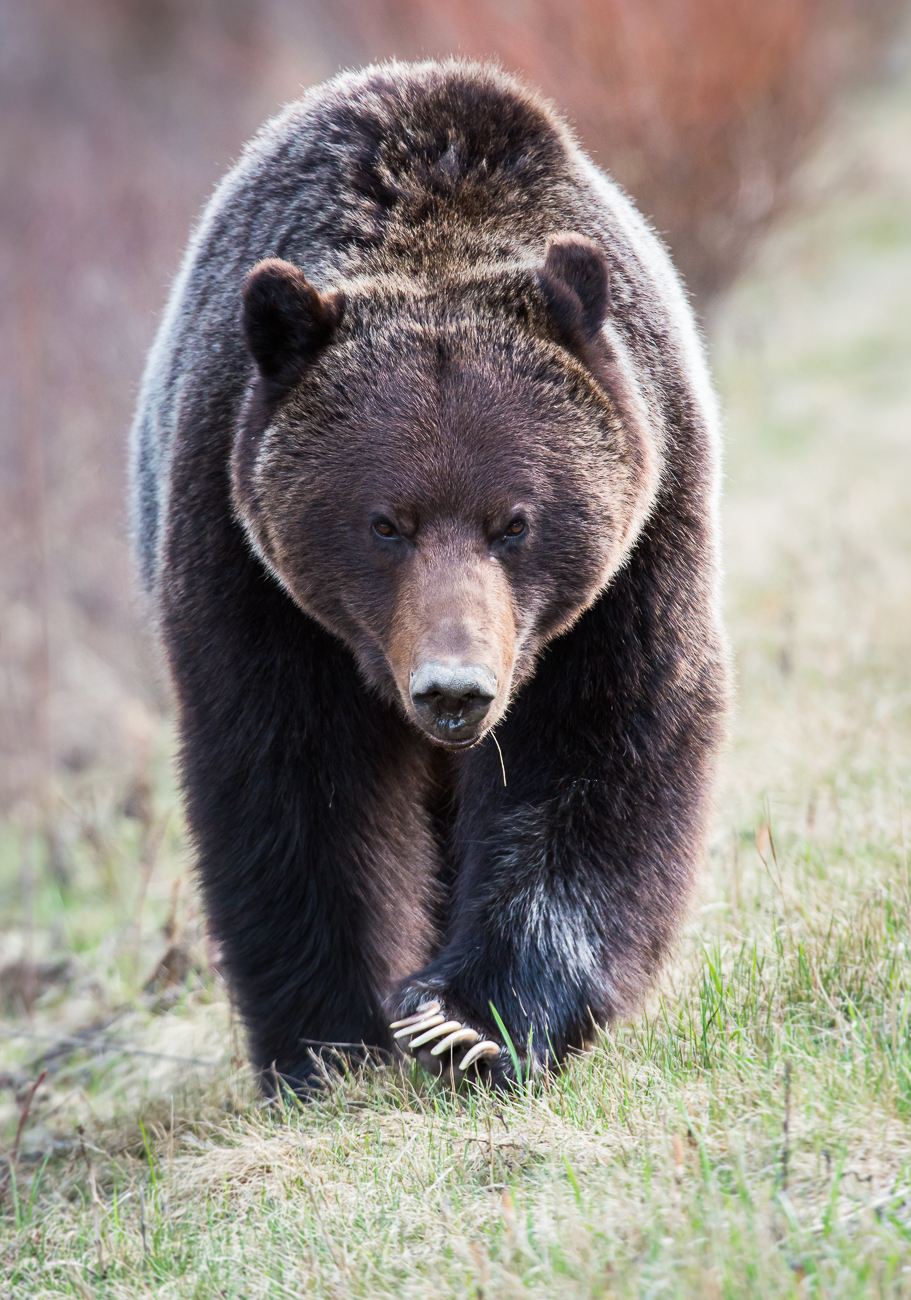 I mean, these claws – these teeth – this massive hump of muscle which seemingly gives them the power of superman to move a thousand pound moose and rip open its rib cage like you or me might open a can of tomatoes… It screams raw power, especially when paired with a tricked out kit of evolutionary superpowers: Height. Speed. Smell.
I mean, these claws – these teeth – this massive hump of muscle which seemingly gives them the power of superman to move a thousand pound moose and rip open its rib cage like you or me might open a can of tomatoes… It screams raw power, especially when paired with a tricked out kit of evolutionary superpowers: Height. Speed. Smell.
But here’s the thing: what we see isn’t always what we get. Our eyes – our assumptions – can deceive us. We can trick ourselves into knowing something is simple when the simple truth is that nothing’s ever simple.
How so?
These claws aren’t made for meat, but roots! That’s right, even when cooking vegan food, you need a decent knife, right Chef Marc Lepine? And teeth: You need a decent set of chewers to digest this, um, deliciousness? And as Takota Coen will tell you, to mind a farm this big and this unruly, yeah, muscles are key.
Look: weight, muscle, height, speed and smell are all helpful when the craving is Chinook sashimi or moose carpaccio – and definitely helpful during a grizzly bear-equivalent of a pandemic-induced fight for the last roll of toilet paper at Costco.
But there’s more to the story: It’s hard to make a living on this land.
For an animal to be 98% vegetarian and still have the power to sit on top of the food chain? Well, it means work. Hard, hard work – work they know how to do because it’s what their home has given them; it’s what their upbringing taught them.
Every spring when these two wake up? It’s go time. Who cares if it’s snowing? It’s time to move and find what didn’t make the winter – and get to it before the competition finds it. Maybe cache it for a rainy day – or eat it now, because all that moving? That’s costs the only currency that matters here: Calories.
Each day? It’s one less to bank the calories needed to survive another year. Not enough calories? Forget being hungry next spring: There won’t be a next spring.
And while scavenging is fine, it’s hardly a career. Dandelions? That’s mint, while it lasts.
Grubbing to find insects and ground squirrels between seasons? It’s better than nothing – but not by much.
An elk calf or two are nice, but is more like a decent appy than a main course. Sorry, elk.
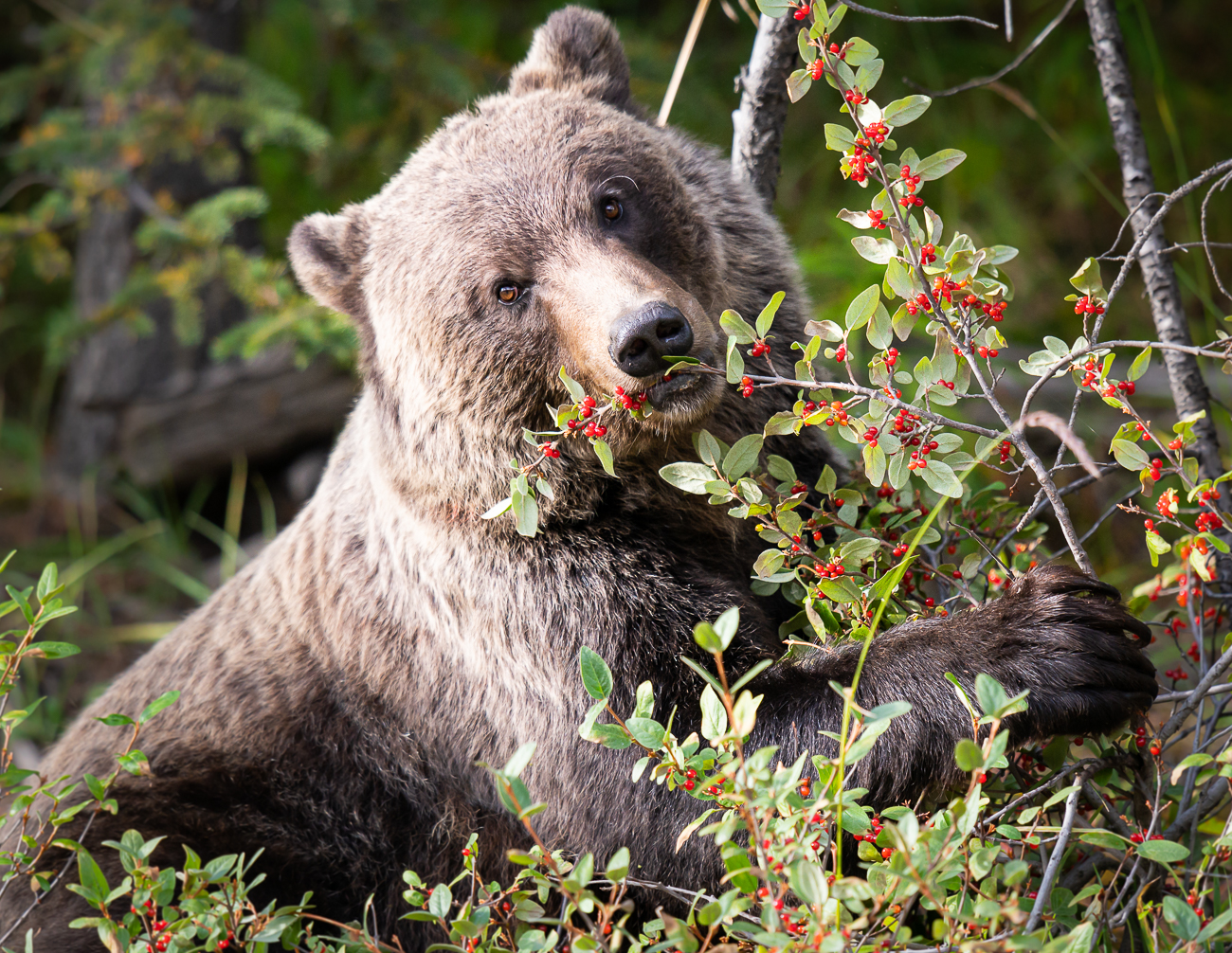 Berries though? It’s not some-stop gap job. This gig’s a must – even if berries aren’t enough to retire on. It’s blue collar all day out here.
Berries though? It’s not some-stop gap job. This gig’s a must – even if berries aren’t enough to retire on. It’s blue collar all day out here.
Even when this place is dripping berries, these are just two bears amongst many – many black bears that is. You see, it’s not just other grizzlies gunning for the throne, it’s other animals that want – need – the same calories as these two depend on.
And when berry season is over? It’s all about whitebark pine seed. That’s right: A tiny, hard-to-find, hard-to-access seed found in a rather drab tree way, way up here.
Oh! And for that tree to feed a grizzly? The Clark’s nutcracker needs to be able to make its living on this land too. If they’re out of work – if they don’t eat enough – no one’s planting enough of these trees to feed a bear.
That’s not the only problem: Grizzlies can’t actually get the seeds out of these cones on their own.
 These claws? Not only are they not made for killing; they’re not made for climbing or cracking open rather delicate pinecones. Claws! So, not only do bears rely on the tree and the nutcracker for survival, they also depend on the red squirrel to climb, pick, crack and cache the seeds for the bears.
These claws? Not only are they not made for killing; they’re not made for climbing or cracking open rather delicate pinecones. Claws! So, not only do bears rely on the tree and the nutcracker for survival, they also depend on the red squirrel to climb, pick, crack and cache the seeds for the bears.
For the bears?
Well, whatever. Squirrels don’t need that many calories. Surely they’re fine with sharing.
One more thing: These trees? They’re not doing well and without them, we don’t think grizzlies can survive the winter months.
Which might make you think Mount Robson isn’t much more than nature’s version of Squid Game – without the reward. After all, for all of that work – for all of those kilometres walked, all of the battles won, all of the calories banked – these two might only grow to about 120 kilograms.
What? You thought these two weigh over 500 kilograms? Even Chocolate, one of the biggest grizzlies ever found in this park capped out at about 250 kilograms.
You see, this place isn’t this place, with its seemingly limitless, calorie-rich fish.
These coastal grizzlies are what’s known as a subspecies – a small sub-section of the broader grizzly population that has evolved a bit differently than these two because of their coastal ecosystem context.
Which is interesting but now get this: Just because coastal grizzlies are bigger that these two doesn’t mean they would necessarily excel – or take over – if we were to transport them to this landscape. Why? Again, local context.
In time, a coastal grizzly moved to Mount Robson would learn to live on berries and deal with its suddenly shrinking body mass, but not right away. Its first instinct upon arriving would be to do what it’s always done and visit the local fishmonger…and promptly discover the fish store isn’t as well stocked in the Rockies as it is on the coast.
That might cause this coastal grizzly to panic. And though it has size on its side, not knowing how to manoeuvre around this landscape would likely give these two a decided advantage.
In fact, because grizzlies born here know how to make a living on this landscape, this male bear – albeit smaller than a coastal bear – would pose more of a threat to these two than a massive coastal bear as, here, it would be a fish out of water…a bear without a fish?…whatever, you get the metaphor.
The point is this: Context matters. It matters when trying to understand what works and what doesn’t work in nature. It matters when trying to understand what works and doesn’t work for people.
And because each local context – each ecosystem context – is different, understanding how history and home has shaped this place and this place – this place and this place – really matters when trying to tell a visual story that can help balance the needs of people and nature everywhere.
